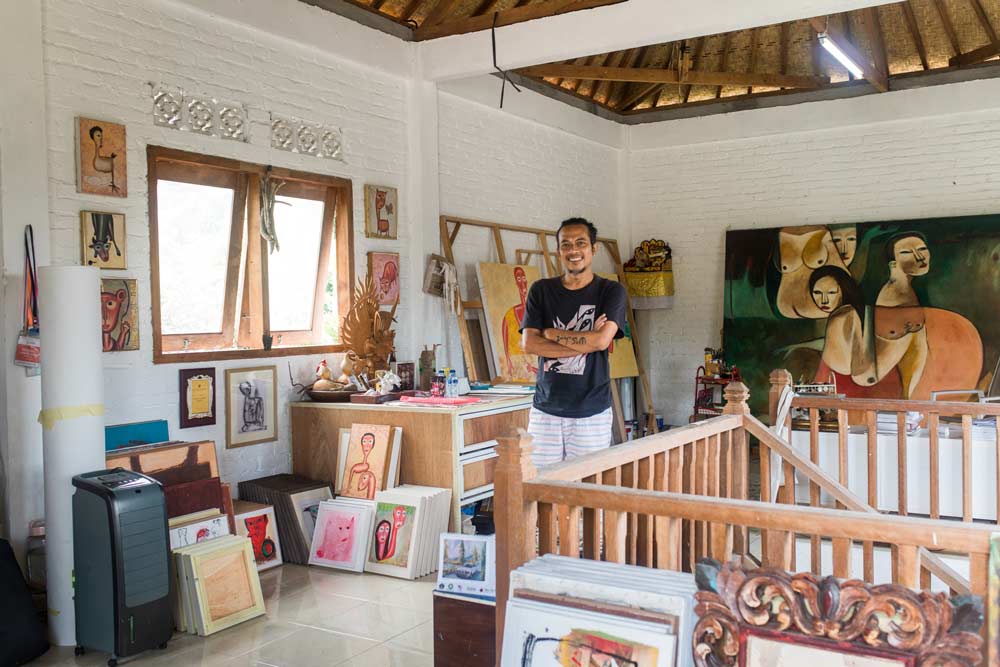
NOW! Bali Magazine talks with Mila Shwaiko, co-founder and director of Elami & Co, the organisational team behind the Ubud Open Studios (UOS), to learn more about the visionary programme.
Visual art is one of the original cultural icons that, during the first wave of tourism, between 1920 and 1942, helped position Bali on the international tourist map. Throughout the past few decades, however, the luxury villa, lifestyle experience, and wellness tourism sectors have quickly evolved and thrived, with art and cultural tourism taking a back seat.
One of the significant barriers to making the Bali art infrastructure sustainable is the lack of information and data related to its stakeholders. These include fine art galleries, art spaces, institutions, museums, individual and collective workspaces and studios, and knowledge of scheduled activities open to the public. While social media portals Facebook and Instagram have had massive positive impacts, dedicated art tourism projects designed to connect stakeholders and domestic and international visitors are yet to be fully appreciated and realised for their enormous tourism potential.
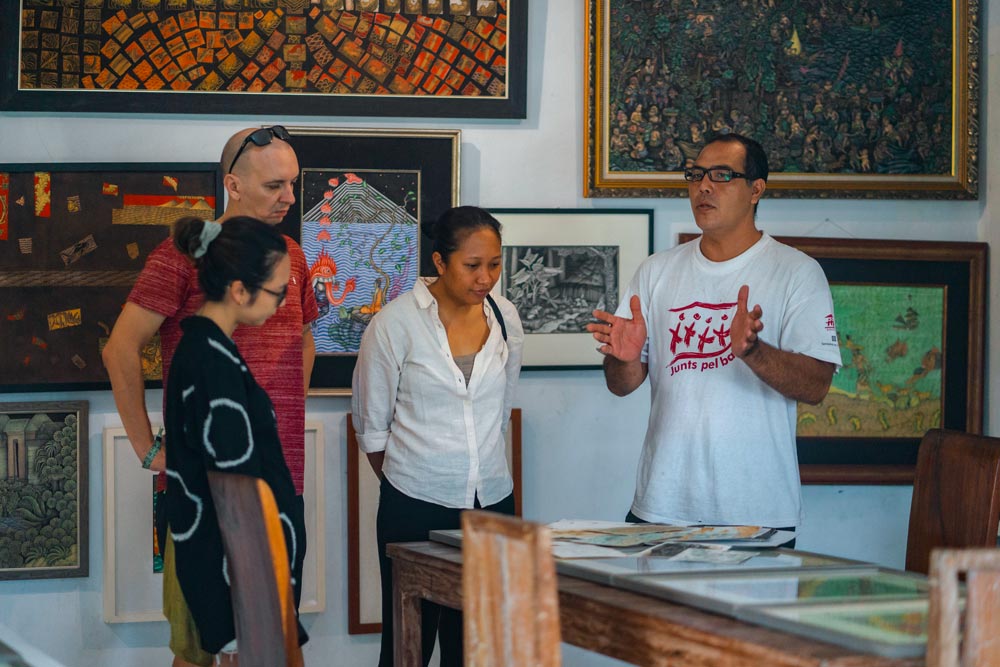
The artistic, creative process is often misunderstood and perceived as “otherworldly” or mysterious by people who consider themselves “not creative or without artistic talent”. When members of the public engage with artists, designers, and other creatives, sharing their knowledge about their inspirations, ideas, and technical processes, barriers to understanding and experiencing creativity begin to dissolve.
UOS celebrated its third consecutive year from 23-25 March 2024. Its opening evening at Titik Dua, Ubud, showcased work from many UOS participants while providing a significant opportunity for many to meet for the first time and engage with the public. Some of the creatives featured during the UOS series of discussions at Titik Dua were Hillary Kane from Gaya Ceramic Arts Centre, artists Made Bayak, Naomi Samara, Luh’De Gita, Nani Wijaya and Nonfrasa gallerist Krisna Sudharma.
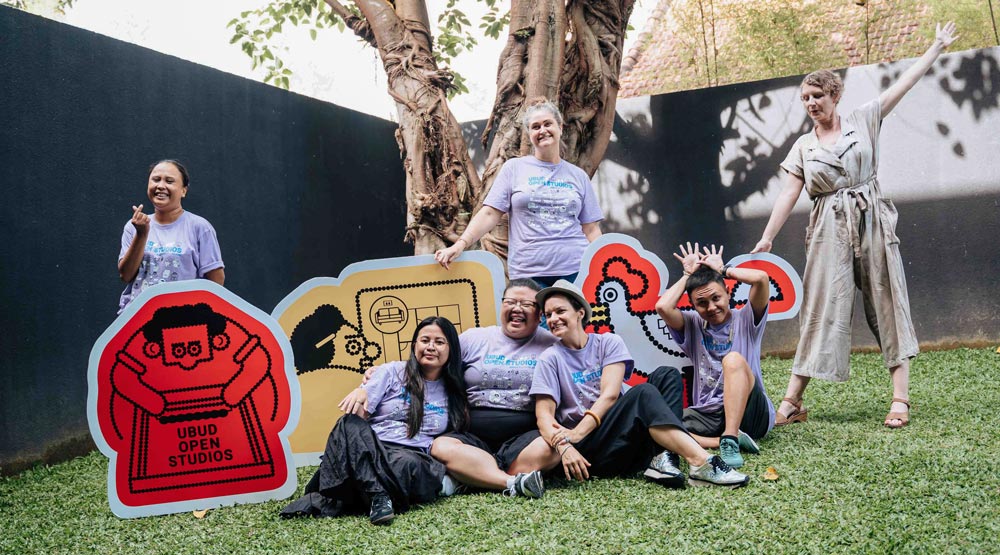
NB: Please give a brief outline of what UOS is about and its objectives. What year did it begin and why?
MS: UOS invites art lovers, cultural explorers, and the creatively curious to celebrate art—a journey of artistic discovery & connection—over three days each year. Now in its 3rd year, UOS offers a glimpse into the sacred spaces where art comes to life. This year, Ubud Open Studios showcased over 50 local and international artists’ studios, including architects, ceramicists, costume designers, illustrators, jewellery designers, leather makers, painters, photographers, printmakers, stone carvers and textile designers.
Ubud is a magnet and source of creativity. The Ubud culture is known around the world for its rich artistry, striking performances, and craftsmanship. Ubud’s artists have a long tradition of creating and mastering mediums and techniques and passing them down through the generations. Ubud was once known for its art and craft studios, and we’d love to support a renewal of this in the area with UOS.
Our small team, working with Balinese advisors Made Griyawan and Wicitra Pradnyaratih, organised everything from compiling studio applications and documentation to promoting the event, ticket sales, attendee experience, curating the discussions and program, making sure studios were prepared and comfortable, and creating the information infrastructure needed to create any event like this.
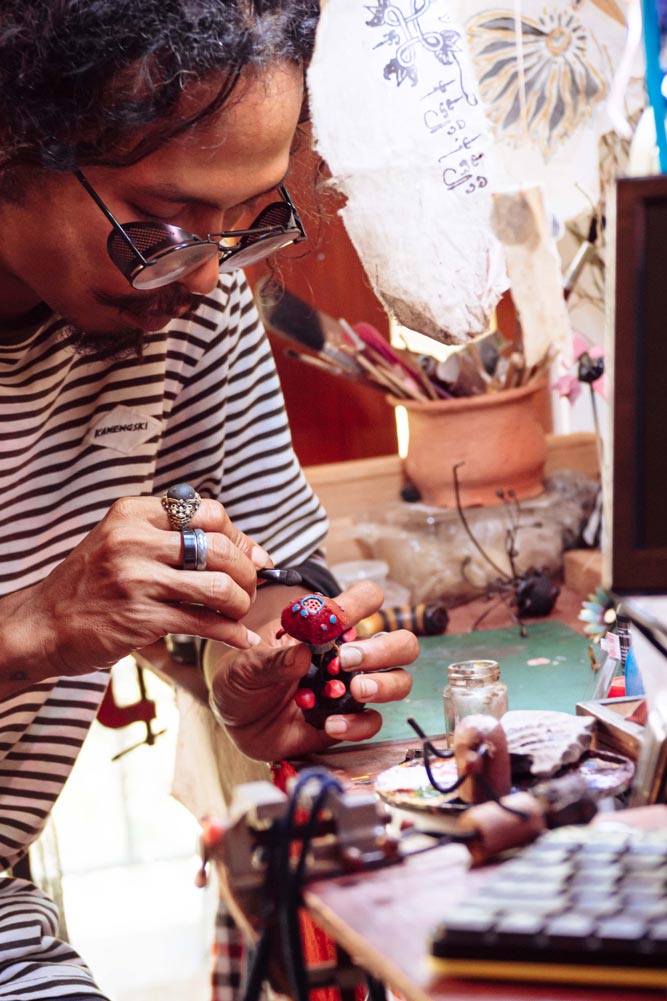

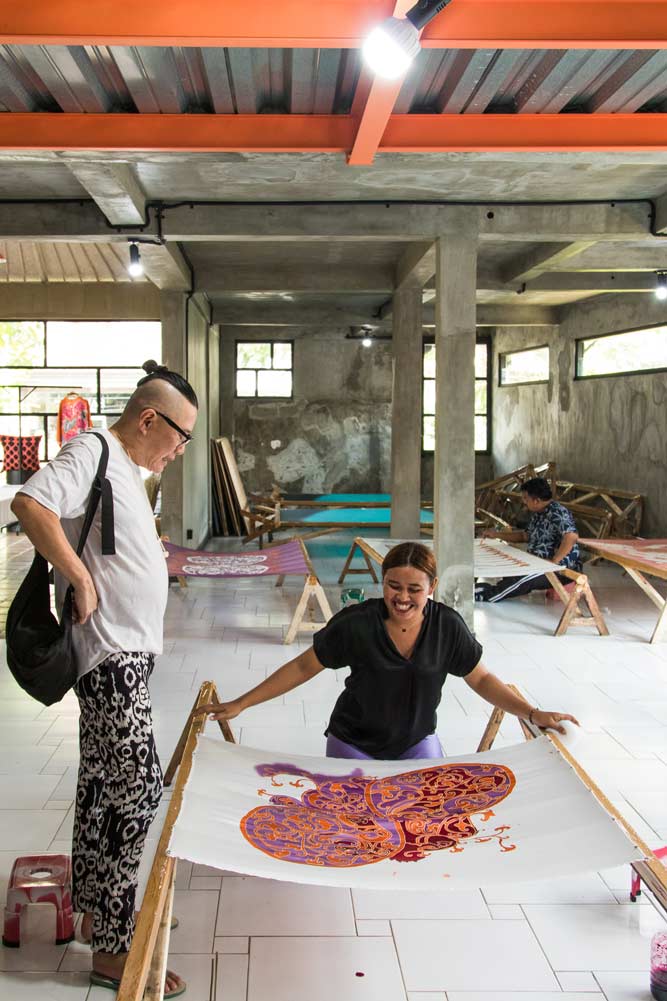
NB: What do you think are the strengths and weaknesses/challenges of UOS?
MS: UOS has successfully brought together multidisciplinary artists and makers living in Ubud, many had never met each other before, which was surprising for us being that Ubud is quite small. Creating this community has led to cross-artform collaborations and a support network for creatives in the area.
It has also created greater exposure for the participating studios with people coming from across Indonesia, SE Asia, and Australia to attend UOS. Many studios have reported direct sales after studio visits, connections with gallerists, and an increase in their online following.
One of the challenges we’ve faced in growing UOS, besides unpredictable weather and traffic, has been gaining the trust of local studios who wanted to check us out before joining. But word of mouth is growing and each year new studios are participating, which is exciting and keeps UOS fresh each year. We work with a curatorial advisory team to ensure we always have a good mix of art forms and the diversity of Ubud’s arts scene is represented.
Like many festivals, our challenges include securing funding, but we found the community-based patron model is very helpful, and local businesses are supportive which helps us produce this annual event.
NB: How important are dedicated art tourism projects like UOS to the well-being of a healthy art and creative community in Bali?
MS: Dedicated arts programs like UOS are very important to Bali’s creative community—Ubud was once known for its arts and culture but in recent years this has been eclipsed by the ever-growing wellness sector and mass tourism.
We have heard attendee feedback that reinforces this belief, that they feel it’s so hard to know what’s going on in Bali’s art scene and how they had hoped for an event like this for years. People are flying in to attend, so the hunger is there. Hopefully, healthy economic opportunities for creative communities will follow.
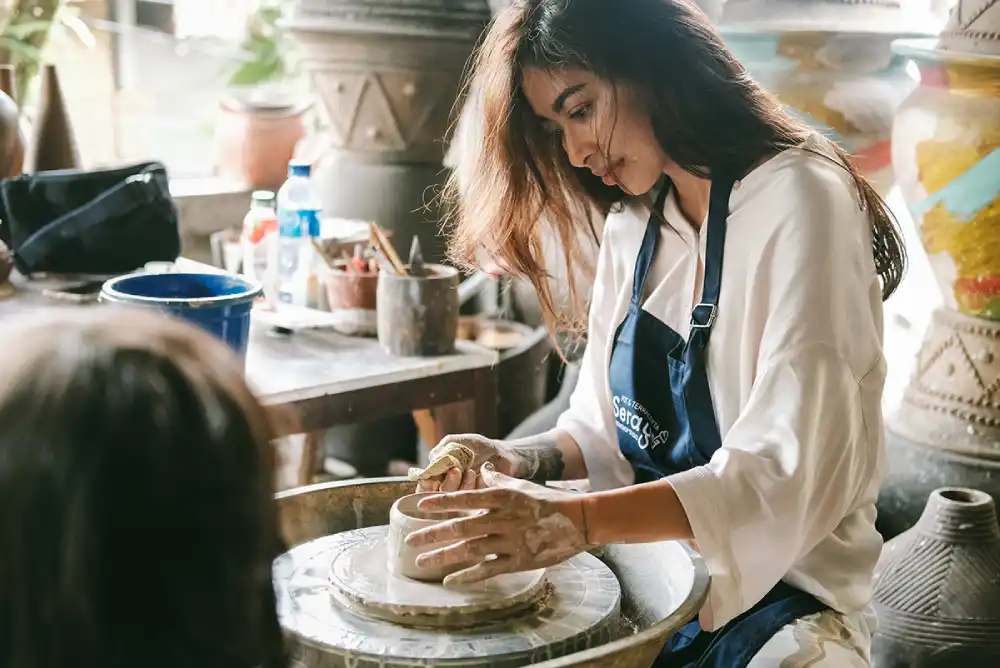

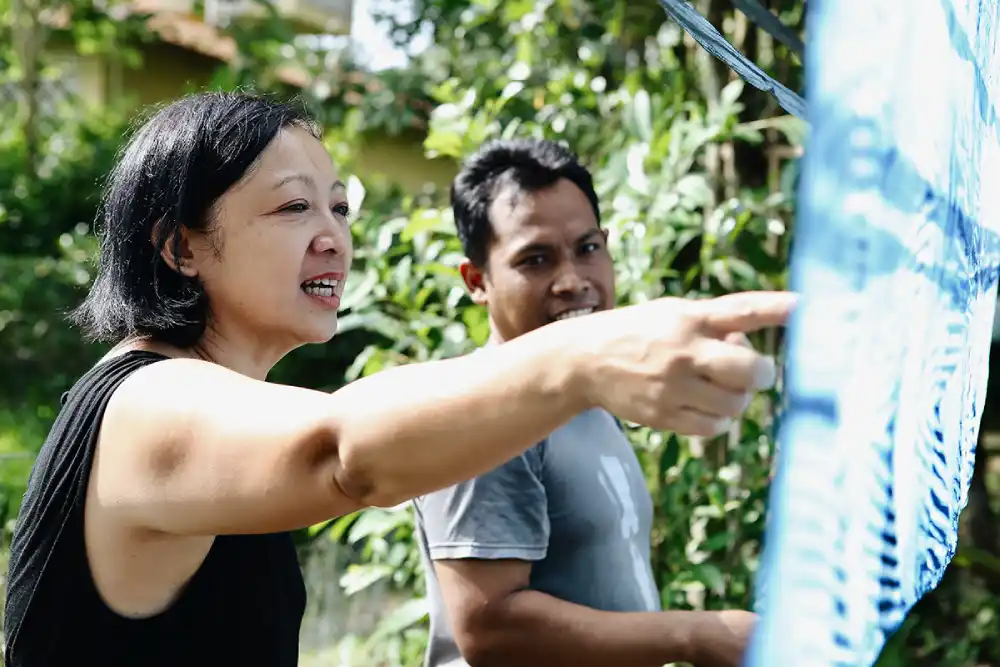
NB: What do you believe is lacking in the art infrastructure and would realise benefits to many stakeholders if implemented?
MS: Many other places around the world have studied the value of creative economies and communities and have created funding and support bodies in response. We have a sneaking suspicion that if a similar study were performed in Ubud, it would be an eye-opener. Data (and lack of) is a huge barrier. Perhaps more positive data regarding the creative sector would ensure better policies in the future and increase accessibility to the arts. It would be amazing to see young Balinese especially be able to thrive creatively and make a decent living from their work instead of leaning so heavily on mass tourism. So many Balinese artists have to leave Bali (and stay outside) to be able to be taken seriously in the art world.
“UOS gives a vital platform for the artist and designers, it’s a community, to meet each other and also to interact with the public, start conversations and make more possibilities, and it begins in Ubud which is a melting point where artist, multidisciplinary studios, locals and tourist gather,” UOS advisor Wicitra Pradnyaratih.






